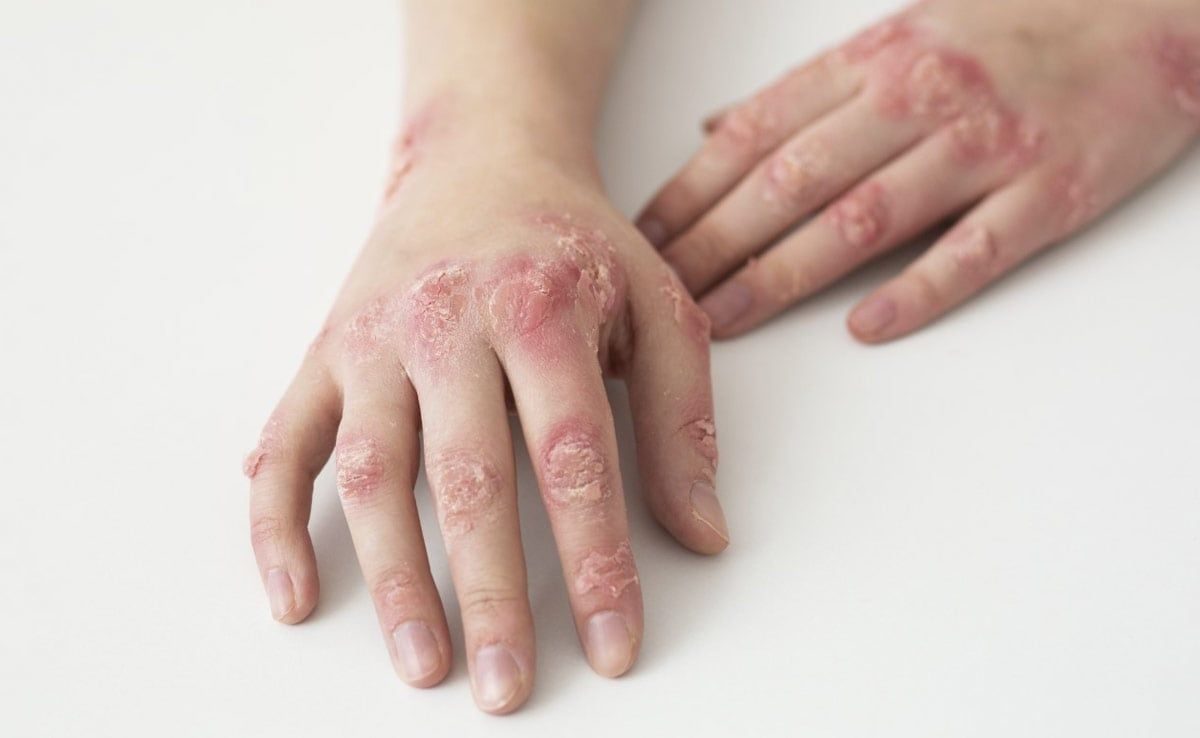With the increasing environmental changes and severe air pollution, the factors causing skin diseases have multiplied, leading to a significant rise in the incidence of skin diseases. The World Health Organization has declared that skin diseases will be the most prevalent, disabling, and highly infectious diseases in human history in the 21st century.
Fungal infection is a significant cause of skin diseases:
Among the various factors causing skin diseases, fungal infections have long been a major concern for a large number of dermatology patients. Diseases caused by fungal infections can be categorized into superficial and deep fungal infections, depending on the location of fungal invasion into the human body.
Superficial fungal infections involve the skin’s epidermis and its appendages, such as the common areas like hair, skin surface, and nails. Conditions like ringworm, athlete’s foot, and nail fungus are the most widespread examples of superficial fungal diseases. On the other hand, deep fungal infections go beyond the skin and subcutaneous tissues, affecting internal organs and tissues, potentially causing disseminated fungal infections (quotes from therapeutique-dermatologique.org ).
Antifungal treatment: Topical medications are the first choice.
In the realm of dermatological treatments, the market share for antifungal drugs and anti-itch drugs for skin use is close to 50%. In clinical practice, the treatment of superficial fungal infections often follows the principle of “topical treatment first, oral treatment later.” This means that after the onset of the disease, treatment initially relies on topical medications. If the results are unsatisfactory or there is no improvement over time, oral medications are then considered.
Why are topical medications preferred?
This is mainly because the choice of the most effective treatment for fungal infections depends on whether it is a “superficial fungal infection” or a “deep fungal infection.” If it is a deep fungal infection, oral antifungal medications are necessary. Common topical antifungal drugs generally do not have a significant effect on the treatment of deep fungal infections.
For superficial fungal infections, where the fungus is on the skin surface, the use of topical antifungal drugs is more targeted and effective against the disease. Additionally, topical medications are usually applied directly to the affected area, bypassing the body’s bloodstream, resulting in fewer side effects.
In recent years, although there has been significant progress in antifungal drug research, the difficulty in systemic fungal treatment remains a challenge. Addressing drug resistance and adverse reactions is still a focus of research for major pharmaceutical companies. Common antifungal drug formulations on the market include creams, ointments, tablets, capsules, gels, and topical solution, among which creams, ointments, and tablets are widely used and dominate the market (sources from therapeutique-dermatologique ).
Topical medications have a broad application range and are suitable for a wide range of people, with lower difficulty in use. Different formulations of topical drugs play a unique role in the treatment of skin diseases, providing rapid anti-inflammatory, anti-itch, and antimicrobial effects. Therefore, it is believed that in the future dermatological drug market, topical medications will continue to dominate.
